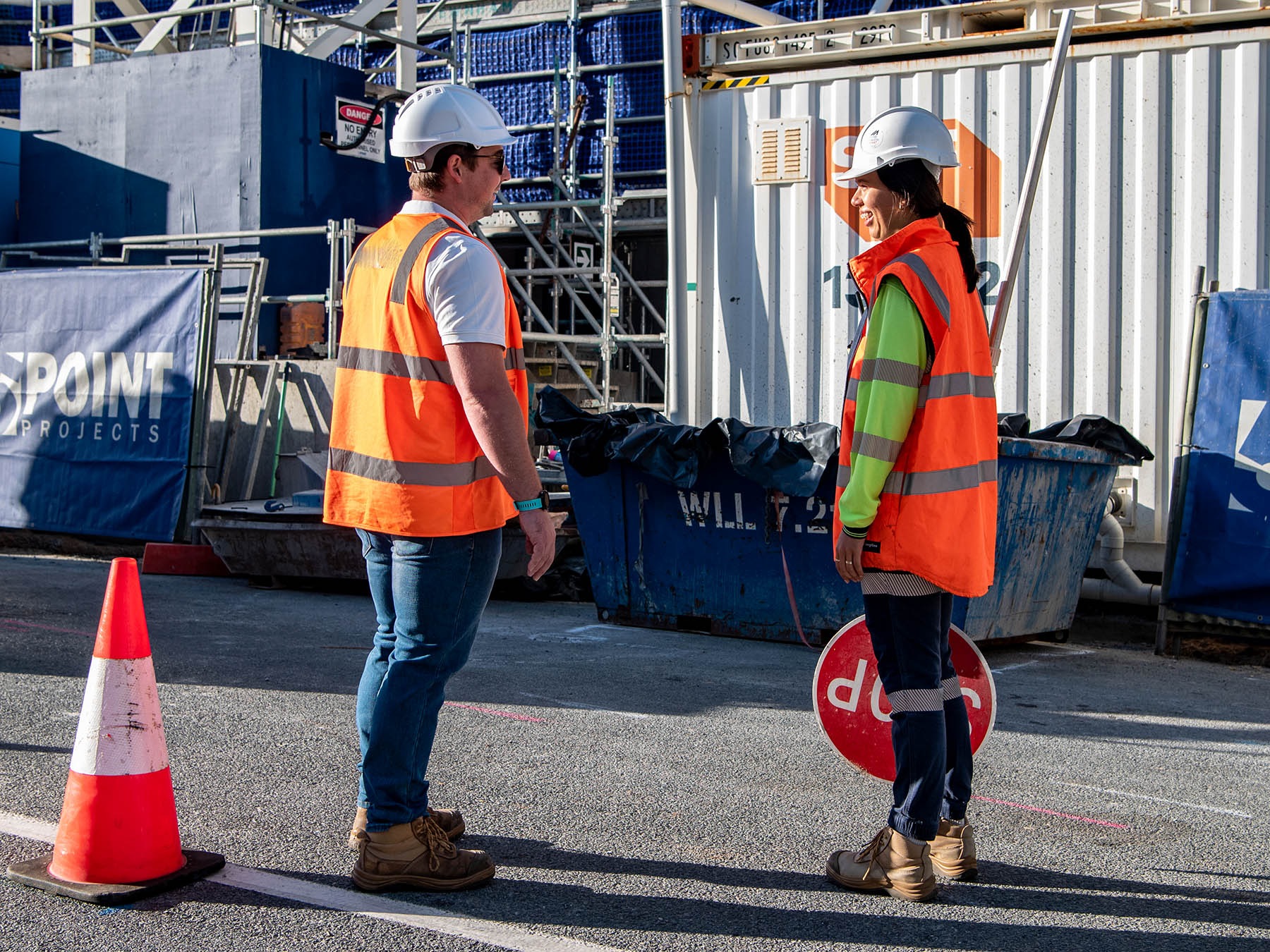If you’re thinking about taking a traffic control course to switch careers or increase your employability, there are some things you need to know. Traffic control is a good job prospect that requires passion to thrive in it. That’s because, unlike many other jobs, traffic control demands the exertion of physical activities. So, you’ll need to prepare yourself both mentally and physically to be able to do the job properly.
In addition, you’ll need to have a system in place to help you adapt to the physical demands of being on your feet and standing in one place for a stretch of hours at a time. In this article, we’ll cover everything you need to know about taking a traffic control course.
Picking the right traffic control course may be confusing and difficult. There are lots of options available online, but not all of them will give you the kind of value you deserve. That’s why you should opt in for the Global Training Services traffic control course.
Now let’s delve into things you need to know before jumping on that traffic control course.
1. Is Traffic Control a Safe Job?
Working as a traffic controller is considered safe, but there is always a level of risk associated with any job that involves working near traffic. To help minimise these risks, all traffic controllers must have a valid traffic control license and complete traffic control training. How’s that relevant? As a traffic controller who’s trained and licensed by an authorised body like Global Training services, you’ll be informed about the risks associated with the job and the preventive measures to take. Proper training gets you prepared both physically and mentally, so you do not have to worry about the safety of your job.
Traffic control licenses are issued by the Department of Motor Vehicles, while traffic control training can be completed through platforms like Global Training Services. There are also courses available for individuals who want to work as traffic controllers or traffic control managers.
Everything about safety control and management will be expounded to you upon joining the training program. This is an intensive training that takes you from novice to pro in the shortest time possible. The interesting thing is that the requirements are not stringent.
2. What Do You Do On A Typical Day?
Upon completing the traffic control course and receiving the license you become fit to dispense your role as a traffic controller. So as not to leave you in the dark, here’s what you’ll do as a traffic controller.
First, you will be responsible for directing traffic around specific areas like accident scenes, construction sites, and other obstacles. Your role will be to set up cones and signage. You’ll also communicate with drivers, and make sure that everyone stays safe.
A traffic controller also stays alert and focused at all times. You’ll be trained to avoid distractions in order to spot problems early enough. It is the role of the traffic controller to make manoeuvres through traffic when needed. This is only possible because you’ll be trained to pay close attention to the road.
Effective communication is also one of the typical things traffic controllers do on a daily basis. That means traffic controllers are trained to read maps and speak the right language to road commuters.
3. Where Do You Get The Best Training?
Again, to become a traffic controller, you’ll need to complete an accredited traffic control course from a recognised platform like Global Training Services. Once you’ve completed the course, you’ll be licensed and certified as a traffic controller. If you’re in Brisbane, then Global Training Services should be your choice. You can check out our site to see the specific regulations on what qualifications are needed to work as a traffic controller. It’s important that you find out this information before enrolling in any of the courses.
After enrolling in a course, there will be more things that need to be done, such as taking certification exams and attending practical training sessions, before you can work as a traffic controller.
4. Duration of Training?
The length of the traffic control course will vary depending on the provider, but most courses are around 40 hours long. For Global Training Services our traffic control course runs for 8 hours, consisting of theory training. The traffic control course also includes mandatory 20 hours of vocational placement. There is provision for the vocational placement to be completed with one of the Traffic Management companies partnering with us.
5. Do You Have What It Takes?
There are specific requirements you must meet before you sign up for a traffic control course, certification or license. It’s important to make sure you have what it takes for the job.
You also want to consider the following questions. Do you like working with people? Are you good at reading maps and interpreting data? Can you stay calm under pressure? Do you know your basic traffic laws? If these questions are answered in the affirmative, then you’re good to go. Just slide into the Global Training Services site and view the course.
It’s also a welcome idea to start practicing now! To do this, study signs so that when somebody flashes one in front of you, it will look familiar. Play around with different types of lights and try using them.
Familiarise yourself with traffic control tools and the words used by other traffic controllers to talk about their jobs, such as blocking, channelizing, signal timing, stop-barrier spacing, and more. Also, you need to get comfortable driving a car again—traffic controllers spend most of their time behind the wheel!
6. Health Risks and Precautions
In a bid not to call a spade a trowel, it is safe to say that working as a traffic controller can be a risky job. And before you think of backing out, be reminded that all jobs have their kind of risk. Again, that’s another reason why a good traffic control course is vital.
Knowledge is power and it can keep you safe from danger. How? You know what to expect and avoid. You’ll also know precautionary measures that you can take to avoid accidents while doing your job as a traffic controller.
Are there health risks? Yes, but you can stay clear of the harmful effects through safety measures. That’s not to say that accidents don’t happen- and they are called accidents because they are not planned or expected.
A traffic controller must never be caught without wearing proper protective gear. From gloves to hearing protection, back support belt, and safety boots, the traffic controller is always ready to combat the elemental forces and daily environmental pollution
Conclusion
With confusion cleared and doubt dispelled, you now have an understanding of what you need to know before taking a traffic control course. What’s next? Enrol in the traffic control course by Global Training Services today and start your journey to being a traffic controller. Have you got any questions? We are only a phone call away.


